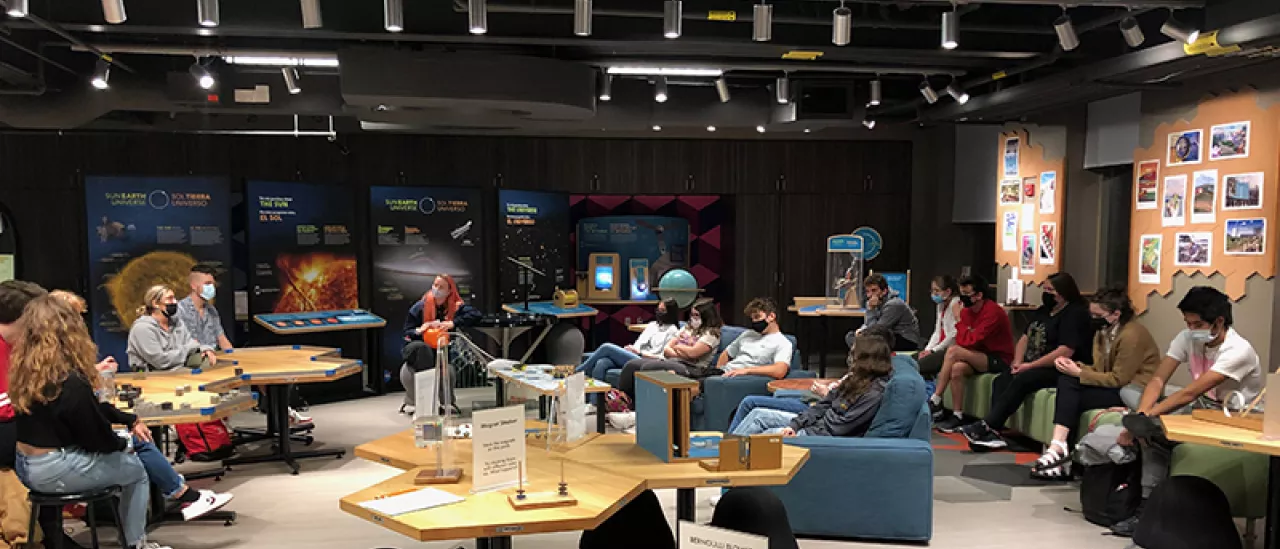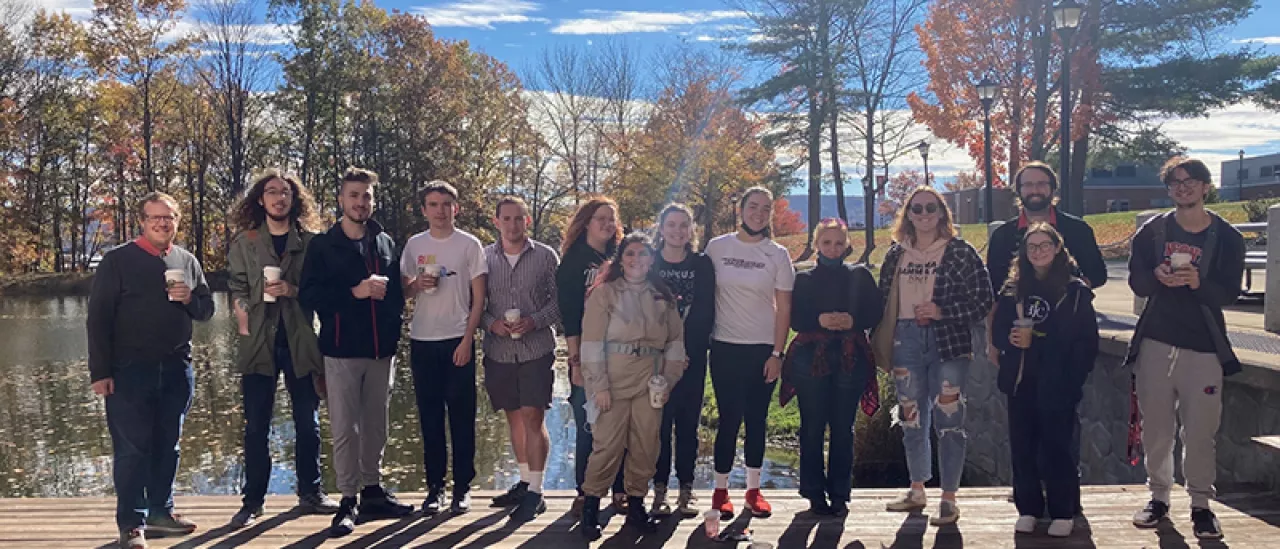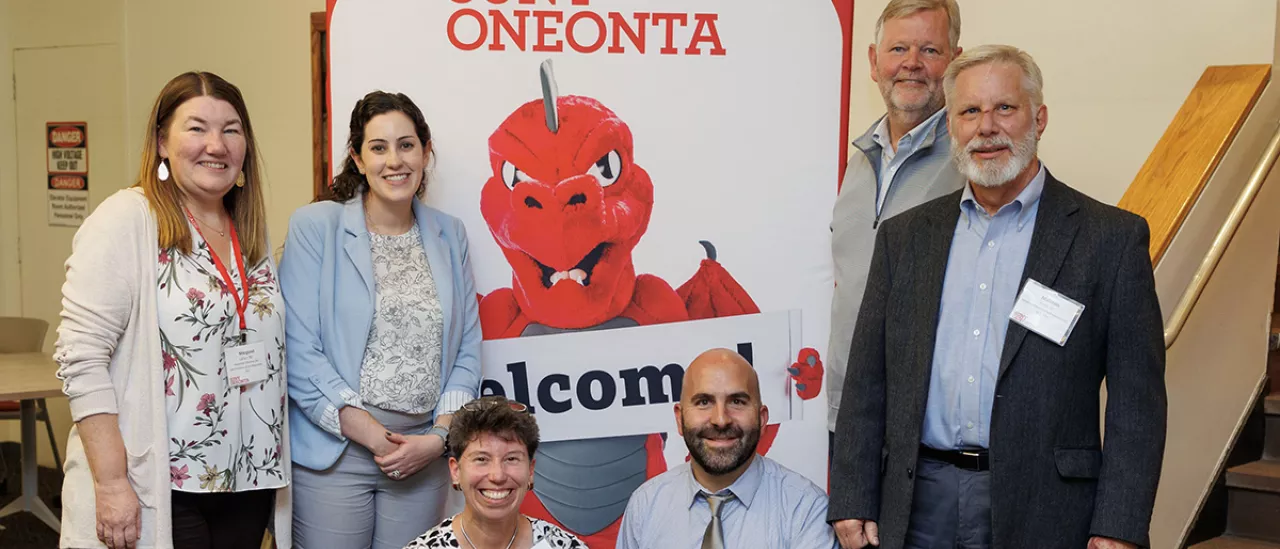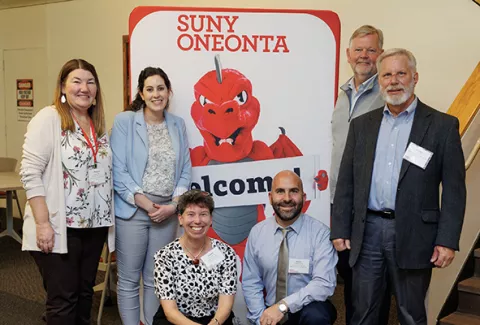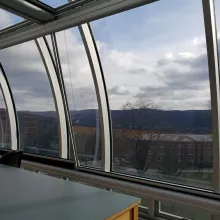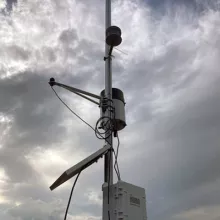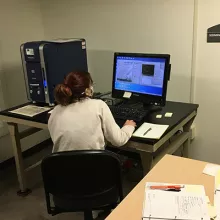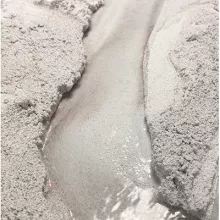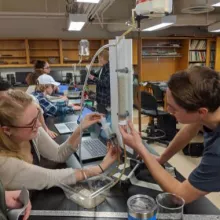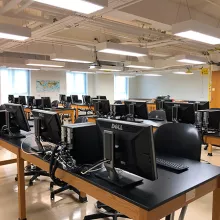The Council's purpose is to advise and aid the department chair and faculty on long-range planning, policy and program development; to assist in resource development for the department; to advise on recruitment and retention of a diverse student body; and to promote relationships between the department, its alumni, and organizations and individuals outside the university. Issues that need to be brought before the council should be addressed to the chair of the Department of Earth and Atmospheric Sciences.
Two current faculty have been awarded the SUNY Chancellor Award for Teaching.
Each year we award five to seven scholarships, with each ranging between $600 and $2400.
We offer a variety of field trips around New York, Pennsylvania, the Northeast, southern California, and to several National Parks (e.g., Grand Canyon).
We offer students the opportunity to gain hands-on experience on instruments and equipment (e.g., weather station, ground penetrating radar).
We offer a unique pre-semester field experience for incoming freshman called GEOFYRST (Geologic Experience Outdoors First Year Regional Summer Trip). Read about GEOFYRST.
Our geology majors can begin the process of becoming a New York State Professional Geologist through our curriculum.
We offer students opportunities to conduct original research with faculty.
Our students attend professional meetings to present their research, including the Geological Society of America (GSA), the American Geophysical Union (AGU), the American Meteorological Society (AMS), and the Northeastern Storm Conference.
Each fall we host Majors’ Night, a networking event for current students to meet alumni of the department who are working or in graduate school.
At the end of the spring semester, we get together for a picnic at College Camp, where we grill burgers, hold our traditional tug-o-war, award scholarships, and announce the outstanding senior.
Skylab
Our unique sky observation room provides the opportunity for meteorology majors to strengthen their weather observations skills.
Weather Station
Meteorology majors collect data from the rooftop weather station to become proficient in instrumentation and forecasting.
SEM
Our department houses a Hitachi TM 3030 scanning electron microscope (SEM) with EDX Analysis and magnification up to 60,000x.
Stream Table
There is an Emriver stream table where students can learn through hands-on experience about river formation, erosion, landscape stability, sediment transport, and more.
Lab Equipment
Our department has lab equipment to provide hands-on experience. This example shows students working on a hydrogeology lab.
Computer Lab
There is a classroom with 24 computers. Many faculty use this room to instruct students on programs like Google Earth, ArcGIS Pro, and Python.

